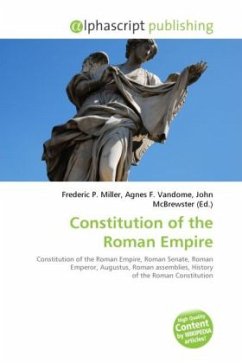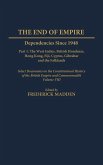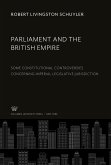High Quality Content by WIKIPEDIA articles! The Constitution of the Roman Empire was an unwritten set of guidelines and principles passed down mainly through precedent. After the fall of the Roman Republic, the constitutional balance of power shifted from the Roman Senate to the Roman Emperor. Beginning with the first emperor, Augustus, the emperor and the senate were technically two co-equal branches of government. In practice, however the actual authority of the imperial senate was negligible, as the emperor held the true power of the state. During the reign of the second Roman Emperor, Tiberius, the powers that had been held by the Roman assemblies were transferred to the senate. The neutering of the assemblies had become inevitable, in part because the electors were often ignorant as to the merits of the important questions that were laid before them. The powers of an emperor existed by virtue of his legal standing. The two most significant components to an emperor's power were the "tribunician powers" and the "proconsular powers".
Bitte wählen Sie Ihr Anliegen aus.
Rechnungen
Retourenschein anfordern
Bestellstatus
Storno








